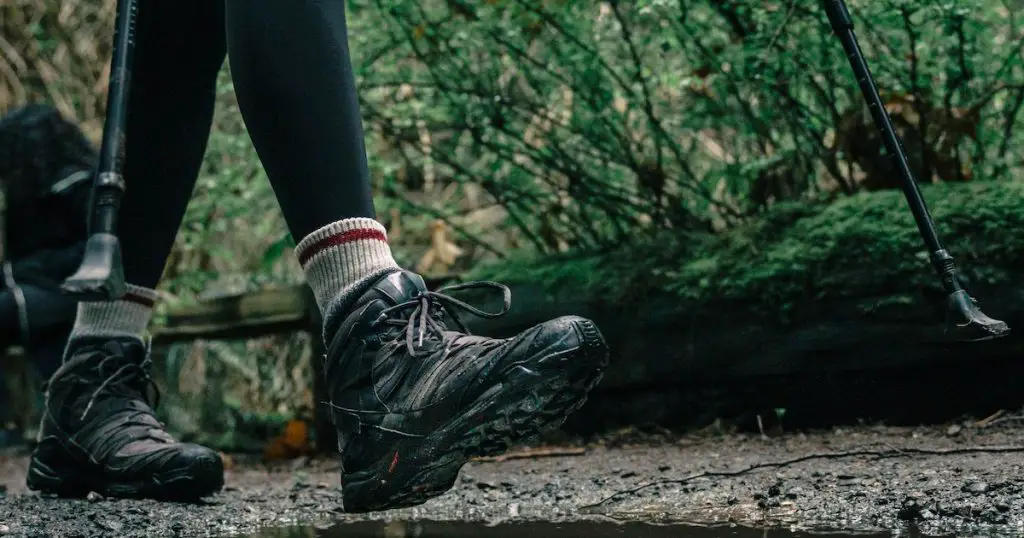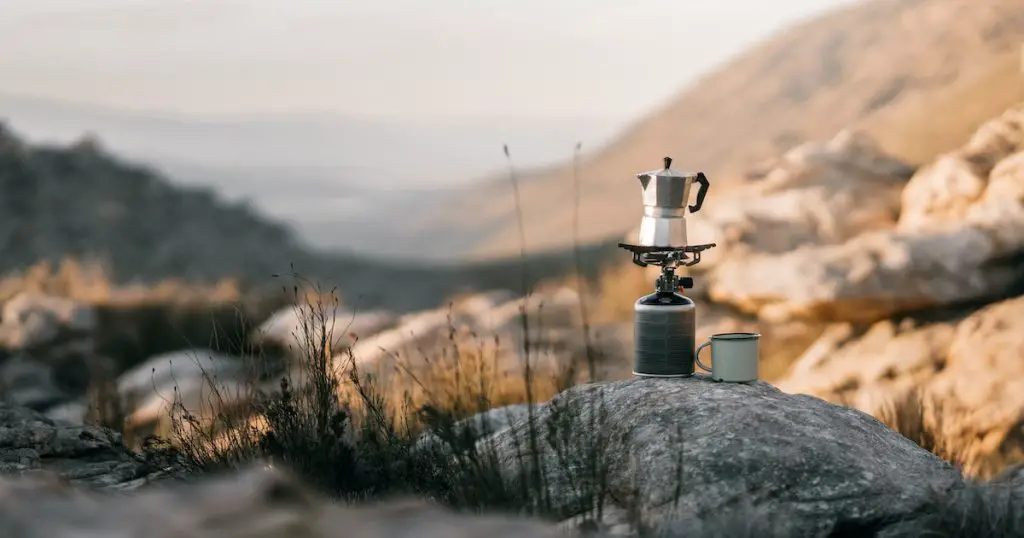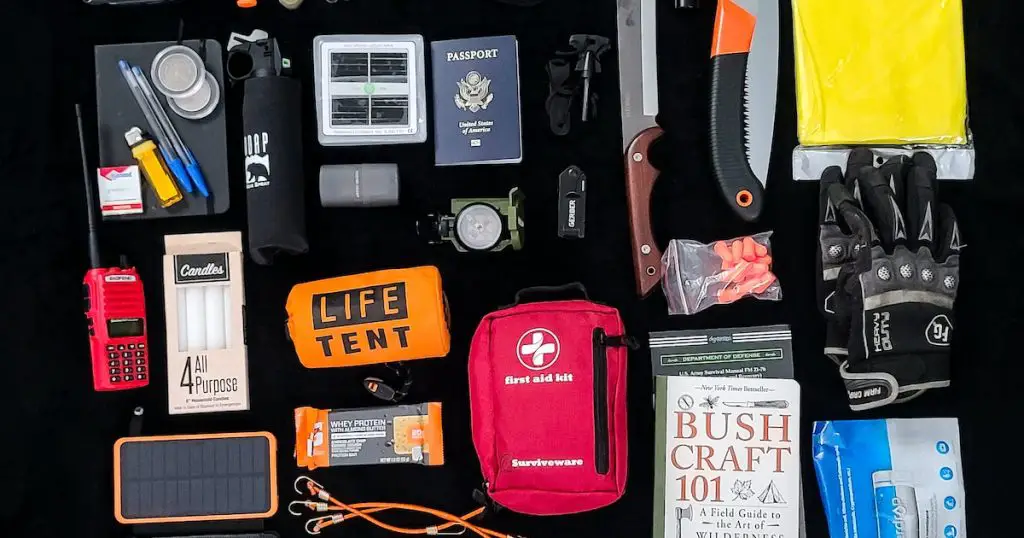Nestled in the heart of Arizona, the Prescott National Forest boasts over a million acres of verdant landscapes, rugged terrains, and picturesque views. As someone who’s ventured across numerous trails, I can’t emphasize enough the beauty that awaits you.

However, like any great adventure, preparation is key. This article aims to guide you through the preparation and gear essentials for hiking in Prescott National Forest. Trust me; this forest, with its vastness and biodiversity, deserves your full attention and readiness.
Understanding the Forest’s Terrain
Before embarking on your hiking adventure, it’s crucial to grasp the varied terrains that Prescott offers.
Prescott National Forest is a tapestry of diverse trails. From gentle walks to challenging hikes, there’s something for everyone. One of my favorites is the Granite Mountain Trail, which promises an exhilarating experience, coupled with jaw-dropping vistas.
Equally important is understanding the forest’s ever-changing weather patterns. Prescott’s climate varies from warm summers to chilly winters. I’ve found that websites like Weather.com offer accurate forecasts, enabling you to plan your trip better.
Lastly, do not underestimate the altitude. Prescott’s elevation averages around 5,400 feet, which can be daunting for some. If you’re coming from a lower elevation, it’s essential to acclimatize.
Essential Hiking Gear
Tackling any trail demands the right gear. Whether you’re navigating rugged terrains or enjoying gentle paths, the importance of essential hiking gear can’t be overstated. At the heart of it all are comfortable, durable footwear and a reliable backpack to store your necessities.
Layered clothing adjusts to changing weather, while a map and compass ensure you stay on track. Remember, each piece of gear serves a purpose: from ensuring safety and comfort to enhancing your overall hiking experience. When you’re well-equipped, nature’s wonders become even more accessible and enjoyable. Happy hiking!
Footwear
Your feet will bear the brunt of your hiking adventure. So, investing in good footwear is a no-brainer.
When I first started hiking, I was torn between hiking boots and shoes. Over time, I’ve learned that boots provide better ankle support, especially on rugged terrains. For smoother trails, hiking shoes are apt. Websites like REI offer a plethora of options for every hiker’s needs.
Getting the right fit is paramount. Remember, blisters are a hiker’s nemesis. A snug fit, cushioned insole, and good grip are features to look out for.
Clothing
Dressing aptly ensures you enjoy your hike while staying protected.

Layering is key. Prescott’s weather can be quite unpredictable, and layering ensures you stay warm when it’s chilly and cool when it’s hot. I can’t stress enough the importance of moisture-wicking materials. They keep sweat at bay, ensuring comfort.
Material considerations are also vital. Cotton might seem tempting, but it retains moisture. Opt for synthetic or wool-based clothing. Trust me; they’re game-changers.
Backpack Essentials
Carrying the right items can make or break your hiking experience.
Choose a backpack that’s proportional to your frame. It should be spacious yet lightweight. Over the years, I’ve come to appreciate the importance of waterproof backpacks. They might seem pricey initially, but their durability justifies the investment.
In this digital age, navigating through Prescott’s vast terrains has become a tad easier. But, old-school methods still have their charm and utility.
Having a topographical map is invaluable. It gives you a detailed layout of the land. Pair it with a trail guide, and you’re golden. While there are numerous online resources, local bookstores in Prescott also house some excellent trail guides.
Compass and GPS devices are essential. While a GPS device, like those available on Garmin, offers pinpoint accuracy, a compass is a reliable old friend, especially when technology fails.
Always have a means of communication. Cell reception can be spotty in Prescott. Satellite phones or emergency beacons can be lifesavers.
Hydration and Nutrition
Dehydration is a sneaky foe. You might not feel thirsty, but your body needs constant hydration, especially during strenuous hikes.
Water filtration systems are lifesavers. Streams in Prescott are aplenty, but it’s always safe to filter the water. Brands like LifeStraw offer portable filtration solutions.
When it comes to carrying water, I’ve always been in a dilemma – hydration packs or water bottles? While hydration packs allow ease of access, water bottles are classic and reliable.
Nutritious hiking snacks
The right nutrition fuels your body, keeping fatigue at bay.
Energy bars and trail mix are my go-to snacks. They’re packed with nutrition and are light to carry. While brands are aplenty, homemade trail mixes, with a mix of nuts, seeds, and dried fruits, are delicious and nutritious.
For those willing to carry cooking tools, lightweight stoves and dehydrated meals are a boon. They provide a hot meal, which after a long day of hiking, feels like a luxury.

Safety Gear and Protocols
Safety, while hiking, is paramount. Always be prepared for the unexpected.
Basic items in a first aid kit include:
- Bandages
- Antiseptics
- Pain relievers
- Tweezers
- Moleskin for blisters
For the wilderness, consider adding:
- Snake bite kits
- Insect repellents
- Allergy medications
Weather protection gear
Weather in Prescott can be unpredictable. Carrying a rain cover, sunglasses, and sunscreen ensures you’re protected come rain or shine.
Prescott is teeming with wildlife. Bear canisters, to store food, are essential. They not only protect your food but also ensure bears maintain their natural diet.
Setting Up Camp in Prescott
Camping amidst nature is an experience in itself.
Choosing a campsite can be daunting. Always opt for established sites. They’re not only safer but also have a lesser environmental impact.
Tents and sleeping systems need careful selection. Depending on the weather, choose a tent that’s durable and provides adequate protection. Pair it with a comfortable sleeping bag and pad, and you’re in for a cozy night.
Adhering to the Leave No Trace principles ensures we give back to nature, preserving it for future generations.
Respect and Preservation of the Forest
Prescott National Forest is a treasure. Respecting its rules ensures its preservation.
Adhering to forest regulations is non-negotiable. They’re there for a reason. Ensure you’re aware of them. Most of these regulations are available on the official Prescott National Forest website.
Never disturb the wildlife. They’re in their natural habitat, and we’re mere visitors. Always maintain a safe distance and never feed them.

If you come across hazards or rule violations, report them. It’s our collective responsibility to keep the forest safe and pristine.
FAQs: Preparation and gear for hiking in Prescott National Forest
In this section, we will be delving into some of the most common inquiries and curiosities that surround our topic.
Can I bring pets to Prescott National Forest?
Yes, you can bring pets to Prescott National Forest. However, it’s essential to keep them on a leash at all times. This not only protects them but also the wildlife in the forest.
What’s the best time of year to hike in Prescott?
The best time to hike in Prescott largely depends on your preferences. Spring (April to June) offers mild temperatures and blooming flora, making the forest exceptionally picturesque. Fall (September to November) also promises pleasant weather with the added charm of autumn foliage. However, if you’re keen on snow-covered landscapes, winter might be your best bet. Just ensure you’re prepared for colder temperatures.
Are there any trail restrictions or permits required?
Some areas in Prescott National Forest require permits, especially for overnight camping. It’s always a good idea to check with the Prescott National Forest’s official website before you plan your hike. Also, some trails might be seasonally closed due to wildlife activities or maintenance.
How do I prepare for sudden weather changes?
Always keep a keen eye on weather forecasts using reliable sites. Carrying layered clothing, rain gear, and sun protection is a must. It’s also beneficial to carry emergency blankets or bivvies in case of unexpected temperature drops.
Can I forage or hunt in the forest?
Foraging is generally discouraged to protect the ecosystem. As for hunting, it’s regulated and requires proper licensing. Always refer to Arizona’s hunting regulations and consult with forest officials for specific guidelines.
Conclusion: Embracing Nature Responsibly
Embarking on a hiking adventure in the Prescott National Forest is more than just a walk in the woods. It’s an immersive experience, a chance to connect deeply with nature. But, like any privileged encounter, it comes with its set of responsibilities.
I’ve always believed in the mantra – take only pictures, leave only footprints. The forest’s beauty lies in its pristine state, and it’s upon us to ensure it remains so. Equip yourself adequately, respect the forest’s rules, and tread softly. Remember, a well-prepared hiker is not just safe but also respectful to nature.



Leave a Comment
You must be logged in to post a comment.